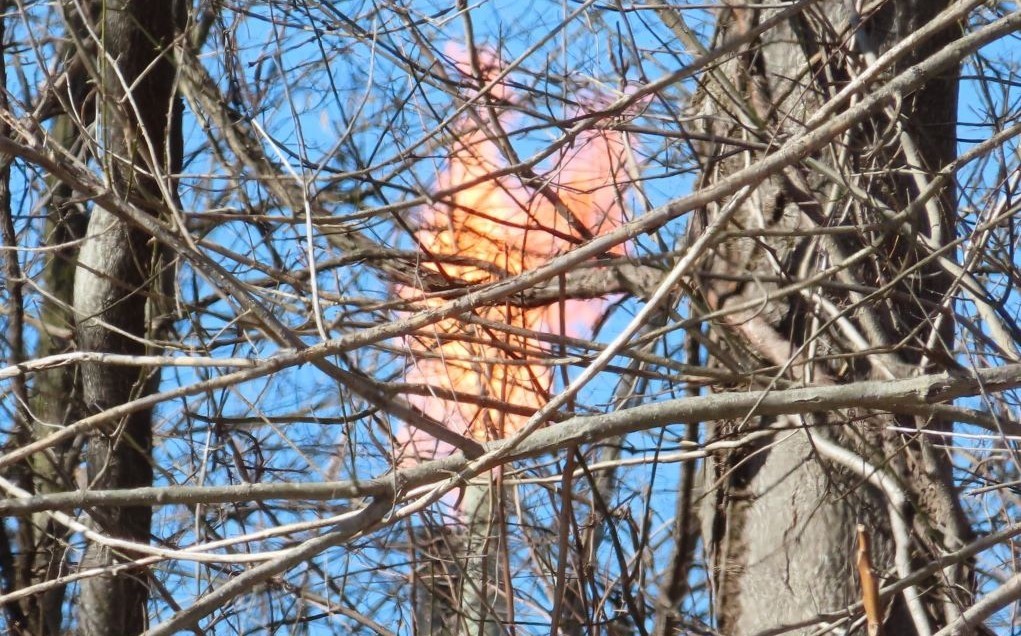Carbon Capture Technology
Carbon capture is the latest technology the fossil fuel industry and federal government are pushing that allows the industry to keep drilling while professing to get a handle on rising temperatures and climate change. Eastern Appalachian Ohio, West Virginia, and southwestern Pennsylvania are targets for 12 Class VI Carbon Capture and Storage (CCS) plants as part of the Biden Administration’s Inflation Reduction Act. (IRA).
Recently the federal government announced plans to change its rules to allow CCS in national forests, which could allow the gas and oil industry to store carbon dioxide in national forests. Ohio’s only national forest—the Wayne National Forest—could be a candidate if the rock strata is suitable.
If the rule change is permitted, and new injection wells are allowed in our national forests, more fracking may result, increasing carbon and methane emissions and causing more forest habitat and environmental degradation.
Wayne National Forest consists of more than 244, 000 acres in 12 counties with jurisdictions in Lawrence, Washington and Athens County. Included in it are the famed North Country Trail, the Buckeye Trail and American Discovery Trail. All three are popular national hiking trails.
Randi Pokladnik, Ph.D., a retired chemist and environmental activist who lives in Harrison County, Ohio, said the public needs to know some basics about carbon capture and storage. “There is big money to be made by the fossil fuel industry when it comes to carbon capture,” says Pokladnik. “Instead of being penalized for polluting, they will be paid.”
Currently, a majority of carbon captured and used for another process is for Enhanced Oil Recovery (EOR). During this procedure, pressurized CO2 is pumped into old oil field wells to help force out any remaining oil deposits. The majority of the world’s 21 large-scale CCS plants are located in the U.S. and Canada. All but five sell or send their carbon dioxide to facilities involved in enhanced oil recovery.
Carbon capture and storage only addresses carbon dioxide emissions from existing smokestack gasses. It doesn’t stop methane gas emissions from fossil fuel extraction such as coal mines and fracking. It doesn’t address additional sources of carbon dioxide emissions from transportation of equipment, construction of a CCS facility, or the emissions from the CCS facility itself.
Carbon dioxide injected into rock strata can contaminate ground and surface water as it combines with water, creating carbonic acid. CCS facilities greatly increase the amount of water needed for power plants fitted with the technology. In addition to more water, power plants fitted with CCS technology need more energy to power the CCS portion of the facility.
Safety issues are involved in CCS too, especially during transportation. In 2020, in Yazoo County, Mississippi, a 24-inch carbon dioxide underground pipeline ruptured. More than 300 people were evacuated and 46 people were treated at hospitals. The concentration of carbon dioxide was high enough to cause gas-powered car engines to stop.
Carbon capture is alarming for residents of Ohio’s most-fracked Appalachian counties. They fear increased risks to their health, the environment and water supply. Ohio already has 19,000 abandoned oil wells and at least four leaking Class II injection wells in Torch, Ohio.
Yet carbon capture utilization and storage (CCUS) has become the new darling of the fossil fuel industry. It was touted at climate discussions during COP28 recently, said Randi Pokladnik, Ph.D., retired chemist and steering committee member at Save Ohio Parks. Along with 2,456 fossil fuel lobbyists, there were 475 lobbyists specializing in carbon capture utilization and storage projects at the COP28.
Wind and solar currently displaces 35 times as much CO2 every year as the complete global history of CCS. Carbon capture is still in early stages. It’s not ready to be used at a scale necessary to curtail the climate crisis.
Public comments to let the U.S. government know carbon capture is not a safe or sustainable way to use our national forests are due Tuesday, Jan. 2. About 140 groups have called for an extension to the comment period, but a decision was not made by Dec. 23.
The proposed rule, “Land Uses; Special Uses; Carbon Capture and Storage Exemption,” and instructions on how to comment are available in the Federal Register at https://www.federalregister.gov/d/2023-24341.
Comments, identified by RIN 0596–AD55 in an email subject line, may be sent through the Federal eRulemaking Portal by Jan. 2, or by visiting: https://bit.ly/3NzSR84

